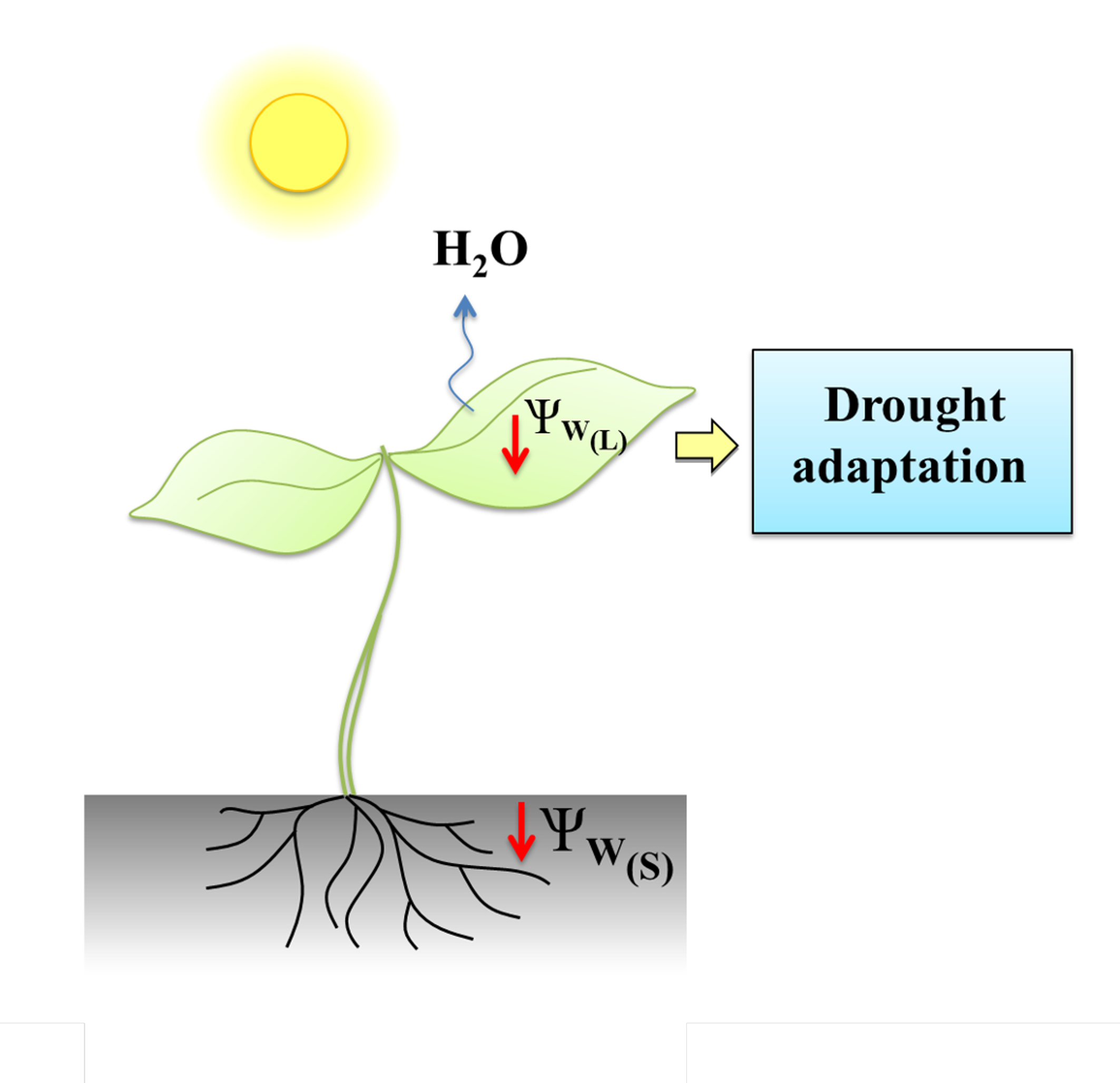Drought is one of the major stress factors affecting growth and development of plants. In this context, drought-related losses of crop plant productivity impede sustainable agriculture all over the world. In general, plants responses to water deficit by multiple physiological and metabolic adaptations at the molecular, cellular and organism levels. To understand the underlying mechanisms of drought tolerance, adequate stress models and arrays of reliable stress markers are required. Therefore, in this review we comprehensively address currently available models of drought stress, based on culturing plants in soil, hydroponic or agar culture. These experimental setups give access to different aspects of plant response to drought, like decrease of tissue water potential, reduction of stomata conductance and photosynthesis efficiency, accumulation of low-molecular weight solutes (metabolic adjustment) and drought protective proteins. Till now, this pattern of markers was successfully extended to the methods of enzyme chemistry, molecular biology and omics techniques. Thus, conventional tests can be efficiently complemented by determination of phytohormone and reactive oxygen species (ROS) contents, activities of antioxidant enzymes, as well as comprehensive profiling of transcriptome, proteome and metabolome.

